Application Modernization Benefits for Legacy System

By Shravan Rajpurohit
September 30, 2024
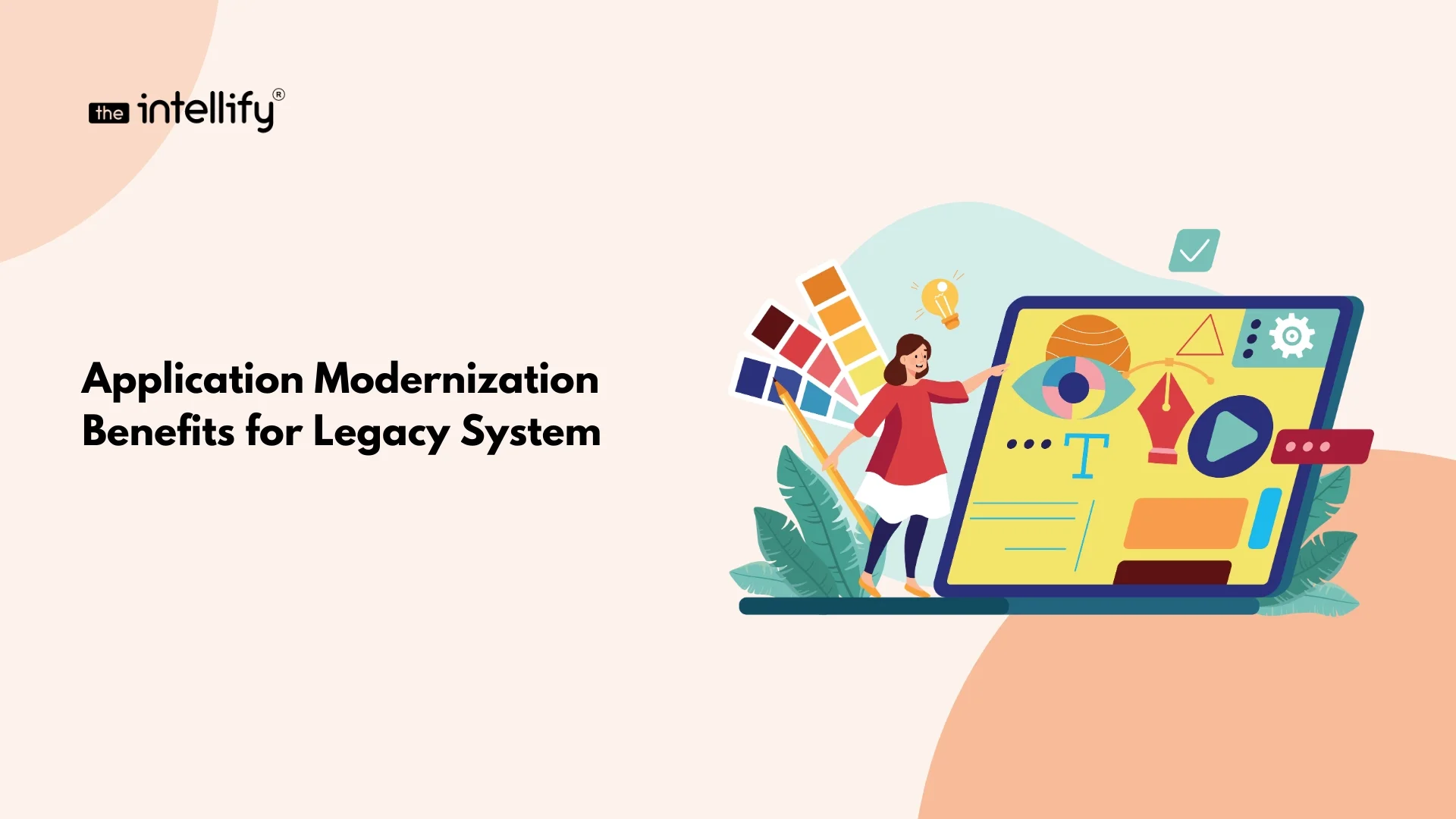
In the fast-paced digital world, ‘legacy’ is often flagged as a warning sign. Most of the online businesses are now tied to legacy software. Then, you can take risks like inefficiency, lost profit, security vulnerability, etc.
While switching to a new system, you should invest a significant amount of time and resources in it. Additionally, pouring more into this software has lost its edge. This means you may face a huge disadvantage.
This is where application modernization facilities for legacy systems come into play. They help your business modernize and stay competitive with efficient technology solutions.
Approximately 78% of custom applications become modernized by legacy within a year. Most organizations aim to achieve better security while modernizing legacy applications. Here is an application modernization guide that helps you to know more about the system.
What is a Legacy Application?
A legacy application or system is software. According to the expert, this software has become outdated. However, legacy application modernization still has a great benefit for businesses. These systems often depend on old technologies. However, recent and updated software solutions may not integrate well with this system. It works excellently for different companies.
Signs of a legacy system include using tech stacks like:
- COBOL with Btrieve
- C
- Visual Basic
- .Net
- Delphi
- Object Pascal
- Fortran
- Perl
They are usually standalone or monolithic. Legacy functions described above are interdependent and compiled into a single platform. This makes them inflexible and not very easy to update. Legacy applications also pose challenges such as:
- Difficulty integrating with modern systems
- High maintenance costs
- Security vulnerabilities
- Limited support
- Incompatibility with new and updated hardware
This system can be found in different places like government agencies, which can manage crucial tasks from taxes to unemployment benefits. Different Banks still entrust their transactions to these applications. It is also present in healthcare, where patient data is extremely crucial.
What is Legacy Application Modernization?
By modernizing legacy applications, it is possible to update and transform older software systems. These modernizations typically transform old programming languages, frameworks, and infrastructure into more advanced, efficient, and secure technologies, which are more beneficial to companies.
Some more modular design transformations, including microservices, for example, help businesses better align with current technologies and trends. It is essential to know the benefits of application modernization with legacy systems.
How do you upgrade an outdated legacy system?
The process of enterprise application modernization with legacy systems can include various applications, such as re-hosting applications on new platforms, re-engineering software, refactoring code, or completely rewriting applications. It also often incorporates cloud technology for advanced flexibility and scalability, along with digital transformation services.
Going through legacy software modernization best practices ensures that your software is entirely relevant and valuable in this rapidly evolving digital landscape:
- Enhance the functionality of any system
- Improve the security and compliance
- Increase the scalability and efficiency
- Ensure the software meets that evolve the user expectations and business requirements
Benefits of Modernizing Legacy Systems
1. Cost Avoidance or help to avoid huge expenses
In terms of infrastructure, we are moving away from local on-premises data centers. Again, moving in that direction to use cloud vendor utilities to reduce costs. This makes operating costs more manageable and measurable.
With it, you can save some money by eliminating technical debt. Maintaining legacy systems can be a costly option. Some organizations spend more than 60% of their IT budget on legacy systems to maintain it.
For managing old code and growing support tickets, the company needs to pay more cost. Additionally, diagnosing issues takes enough time, even hours or days. Few of the maintenance team have a proper idea of how to work with the legacy system.
You can re-architect your legacy code with a legacy Application Modernization Use Case. It allows you to reduce the cost of hiring highly trained, skilled developers. They are highly trained in maintaining code.
2. Business Agility
Legacy systems are used to create new features and services. But, this limits the ability of any business to create these. As a result, most companies employ a team to break and maintain.
If you want to overcome these limitations, you need to bring the legacy software. it to the cloud via rolling out microservices and containerization. The Legacy application modernization can provide the ability to add new features and functionality to your organization.
3. Enhance the Staff Productivity
Developers and administrative teams need to be more productive to enhance any business. This concept allows you to move the workforce to the cloud and supports software product development. It also helps leverage existing services to be more productive in day-to-day operations.
4. Maintenance and Support Concerns
Legacy systems can reduce high software maintenance and support costs for almost any organization. They often come with extensive codebases and are built on proprietary architectures. This makes even minor organization updates a challenge.
However, each update requires investing a lot of time and effort. For example, the US federal government spends $100 billion annually on IT investments. Over 80% of this expense is on operations and maintenance, including legacy systems.
Here are a few examples of the advantages of application modernization with a legacy system. It offers greater productivity:
- Fewer application incidents:
A perfectly maintained legacy system has worked for any company for many years. It can also repeat the project. Re-architecting your code for the cloud is essential. It can automatically clean up many of the technical limitations of previous code. As a result, any modern system is much easier to diagnose. In this case, problems can be solved without disrupting the entire application.
- Improved team utilization:
Modern open-source coders enable your software development team to diagnose and fix issues. It can also add new features.
- New Features & Functionality:
Many organizations tie their business processes to their legacy application constraints. After modernizing the legacy, you can implement the new features. You can do it without any restrictions. Many times companies eliminate manual processes, and modernization projects, including software project rescue services, help them provide entirely new services to their customers.
5. Customer Experience
When connecting any business operations to a legacy system, the customer experience may suffer. Through this modernization, you can introduce new services and processes to your business. It is effective for further improvement of any business. This allows performing many business upgrades, such as transforming front-end user interfaces, creating new features, etc.
6. Build a New Revenue Stream
Modernizing core applications for legacy systems has considerable benefits. One of these is unlocking legacy modernization revenue streams. These system upgrades help your business integrate new services or processes, adding additional value to customers. Various legacy systems prevent many companies from innovating. But remember that the system is not flexible.
Companies like The Intellify are seeing the benefits of legacy modernization in about five areas. These are cost avoidance, agility, operational excellence, creating new revenue streams, or enabling new revenue streams.
7. Rich User-Experience
According to market research, when an organization implements outdated software development to increase business revenue, it cannot deliver the user experience that customers usually expect. However, consumers always want up-to-date companies with trending technologies and trends. Doing this is so crucial that you’re losing customers.
When you modernize your application with a legacy system, it can easily deliver the expected performance. It can enhance the user experience in many ways, such as adding new features and functionality, improving the front-end user interface, providing time-tested services, etc.
8. Robust Security
When it comes to Legacy application modernization, the main concern will be security. Now, in most cases, vendors refuse any legacy and outdated applications, which results in data breaches, malware attacks, and the like.
However, any application modernization offers an entity backed by robust security protection for all types of transactions, whether critical or easy. With this modernization process, you will be able to use innovative DDoS protection, ADCs (Application Delivery Controllers), and security upgrades aimed at protecting any organization’s infrastructure from any threat.
Furthermore, this modernization system helps users protect application data from cybercriminals. For this reason, users can use a secure web app firewall with the bot management system.
9. Lack of Expertise
As IT professionals are now increasingly looking to master new technologies for better career opportunities, it is difficult to find skilled workers for just legacy systems.
Additionally, there is very limited community support for obsolete technologies. Modern technology experts typically rely on tools available in libraries, frameworks, and online communities, which they would not have found in legacy systems.
This means that companies that rely on legacy solutions are usually forced to invest in experienced and more expensive senior staff, as junior and mid-level professionals are less skilled in working with outdated programming languages and systems. If you want all kinds of workers to work with you, then you should go with a legacy application.
Conclusion
Application Modernization Benefits for Legacy Systems that helps businesses in different ways. If your application is modernized and updated, you cannot encounter any performance glitches.
On the other hand, if your application becomes modernized, it’s more likely to improve your business by enhancing the user interface and accelerated performance with robust security, improving the overall user experience over enhancing your business. Contact us to learn more about how we can assist you in this transformation.

Written By, Shravan Rajpurohit
Shravan Rajpurohit is the Co-Founder & CEO of The Intellify, a leading Custom Software Development company that empowers startups, product development teams, and Fortune 500 companies. With over 10 years of experience in marketing, sales, and customer success, Shravan has been driving digital innovation since 2018, leading a team of 50+ creative professionals. His mission is to bridge the gap between business ideas and reality through advanced tech solutions, aiming to make The Intellify a global leader. He focuses on delivering excellence, solving real-world problems, and pushing the limits of digital transformation.
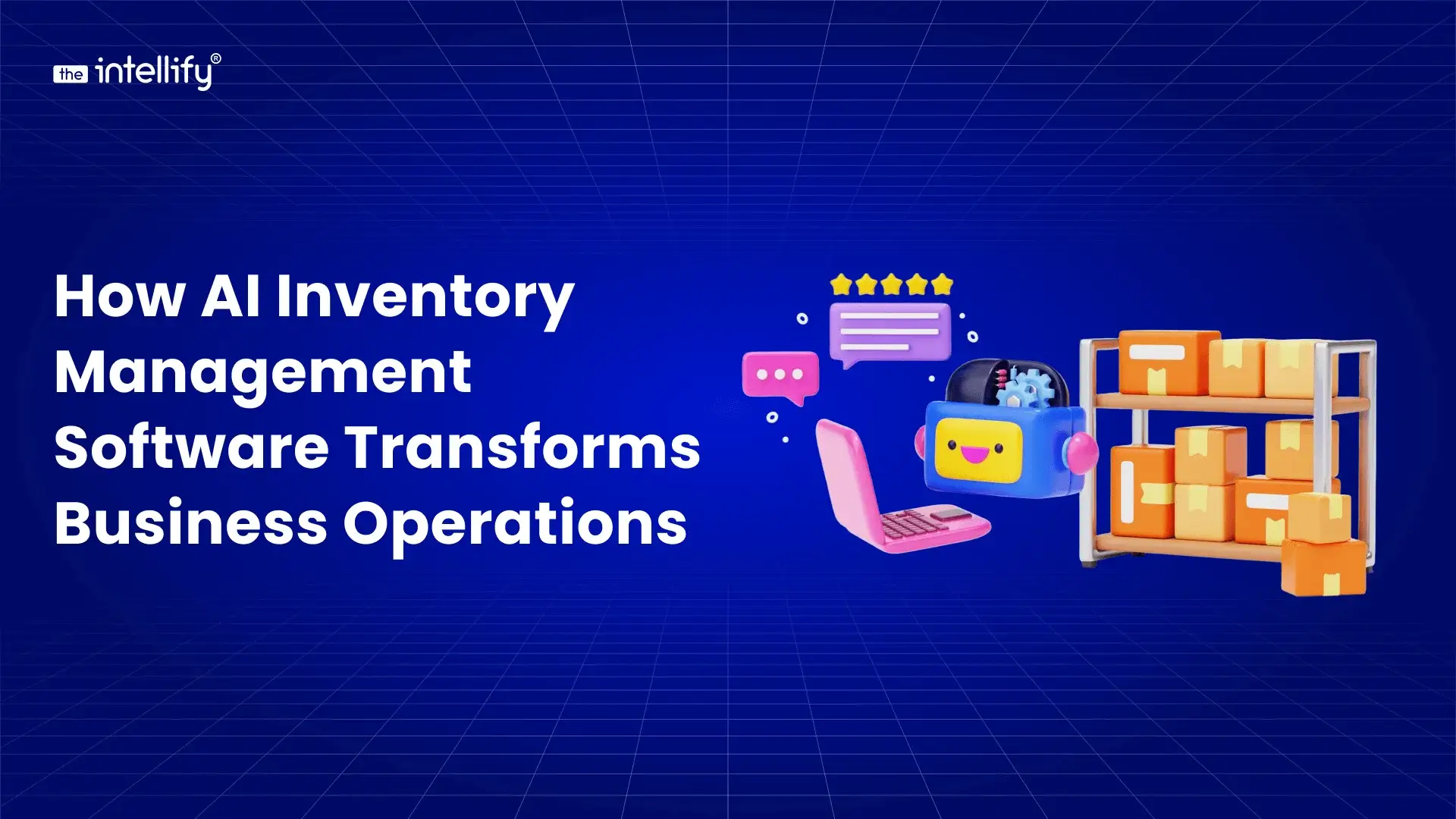

How AI Inventory Management Software Transforms Business Operations
Summary: AI inventory management software is reshaping how businesses handle stock, forecasting, and daily operations. Instead of relying on guesswork or outdated spreadsheets, AI helps companies track inventory in real time, spot trends early, and prevent stockouts or excess stock. This blog explains how AI improves accuracy, lowers costs, and boosts overall efficiency across retail, […]
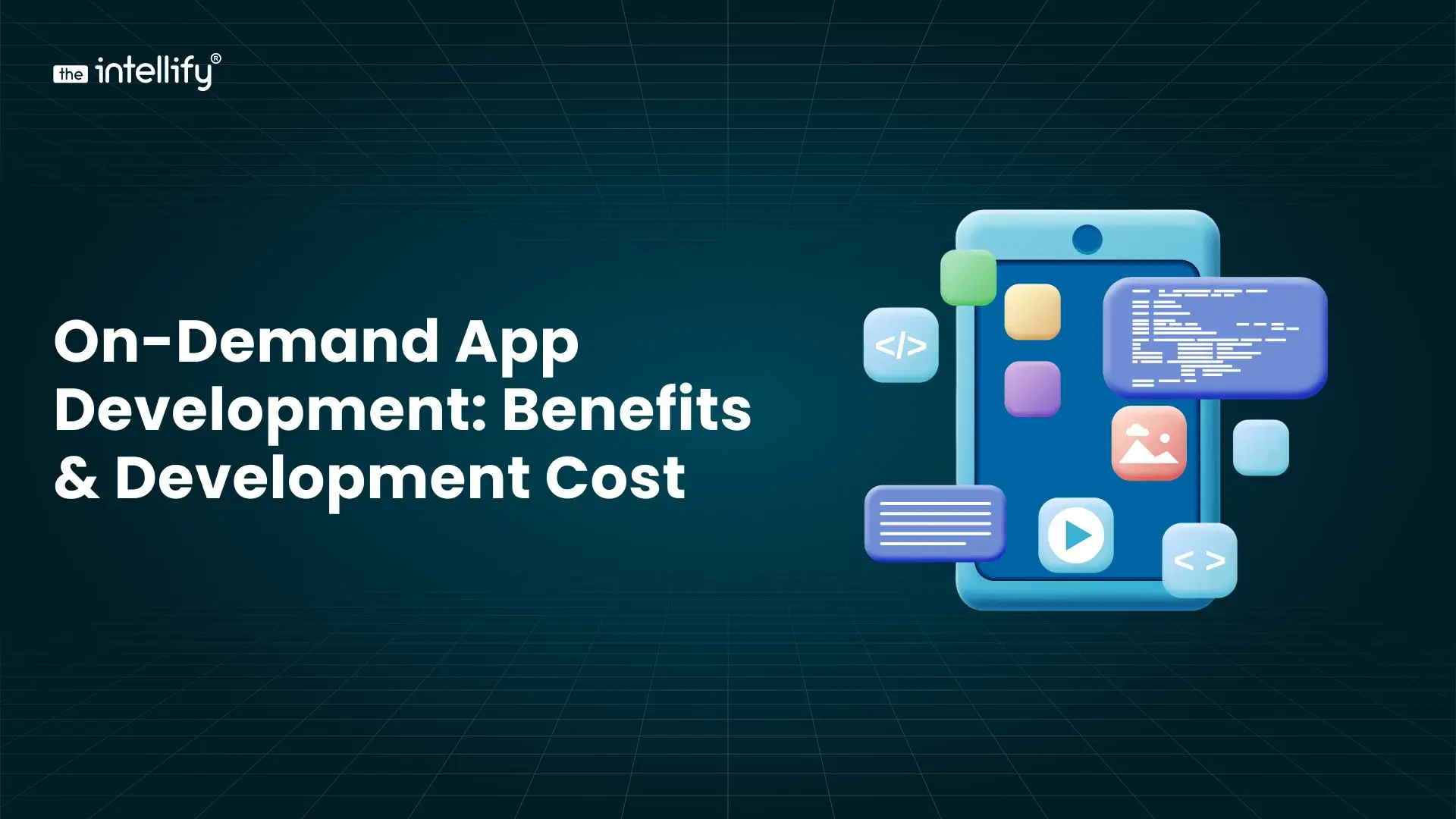

On-Demand App Development: Types, Benefits & Development Cost
Summary On-demand app development is transforming how businesses deliver fast and convenient services. This blog covers what on-demand apps are, their rising popularity, types, key benefits, popular examples, features, development process, and costs. Learn how an on-demand app can boost growth and enhance customer satisfaction. In today’s fast-paced world, convenience is everything. People want services […]
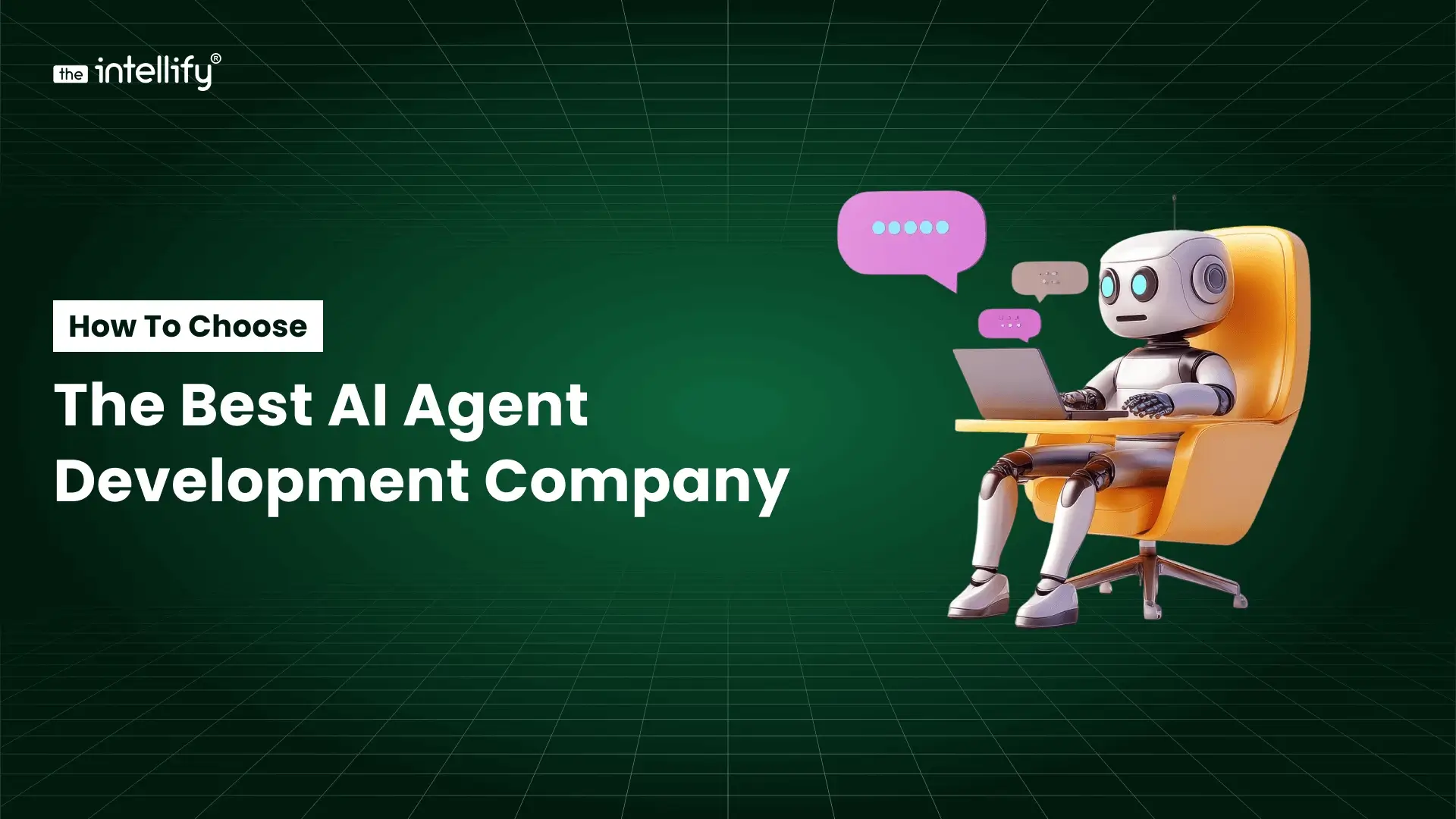

How to Choose the Best AI Agent Development Company
Summary This blog explains how businesses can choose the best AI agent development company to build intelligent and reliable AI solutions. This blog explores what AI agents are, how they work, and their real-world applications across industries like finance, healthcare, and manufacturing. It also outlines key factors to consider before hiring a partner, such as […]
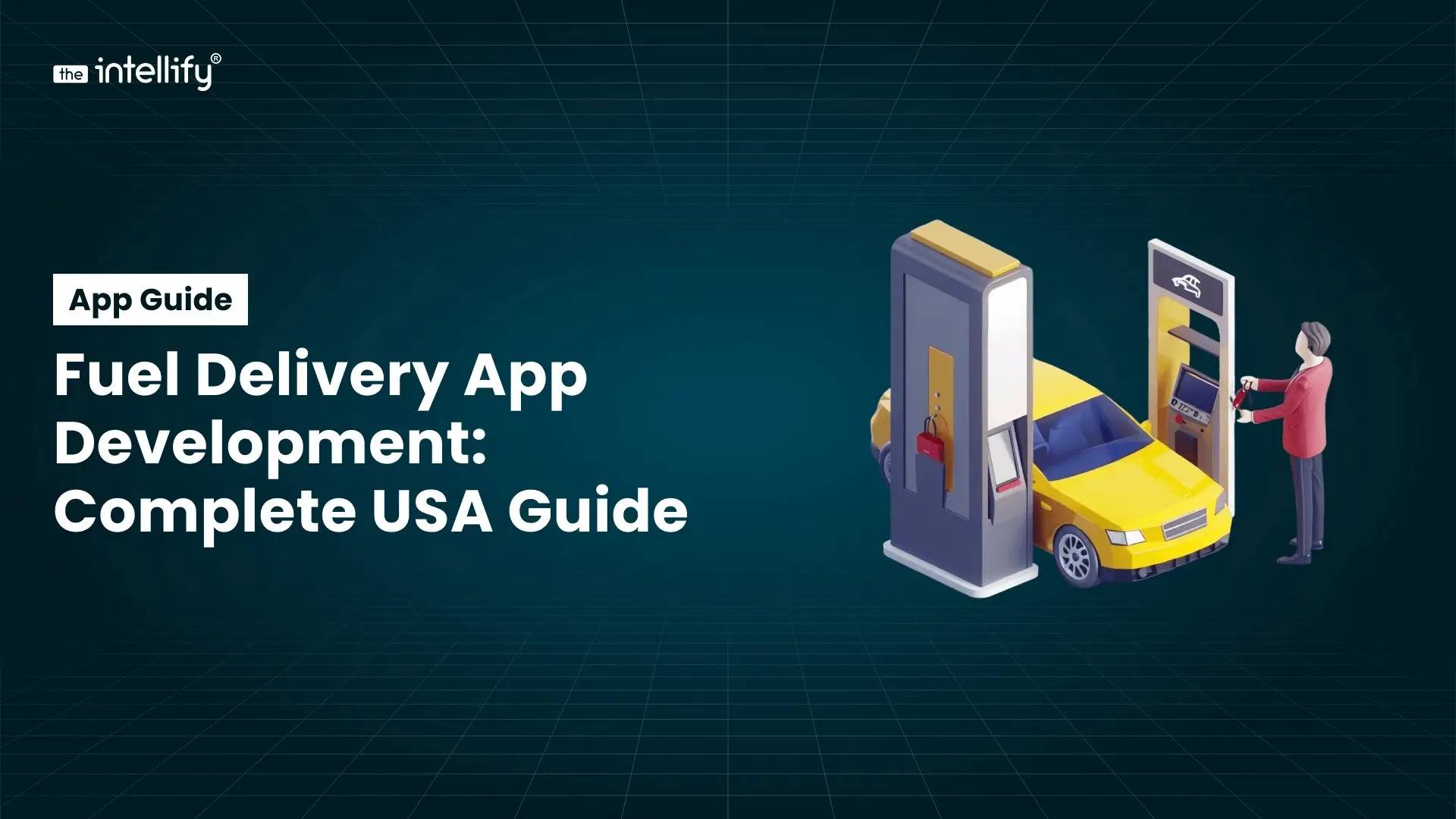

Fuel Delivery App Development: A Complete USA Guide
Summary: This blog covers everything you need to know about fuel delivery app development, including how on-demand fuel delivery works, key features, costs, and legal considerations in the USA. It explains how businesses can build, launch, and scale a fuel delivery app while ensuring safety, compliance, and smooth operations. Whether you’re planning a new fuel […]
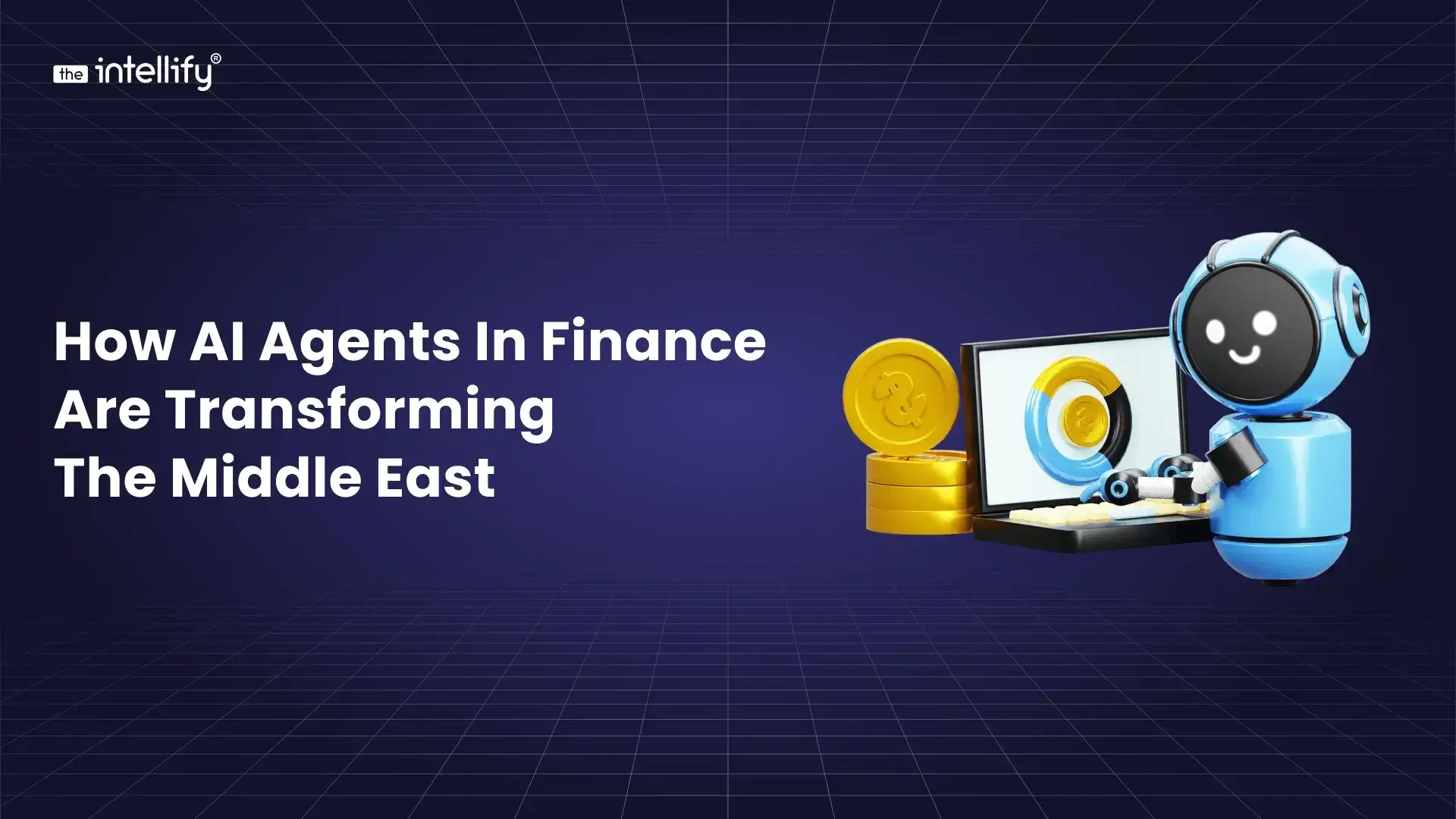

How AI Agents in Finance Are Transforming the Middle East
Summary: This Blog will explain what AI agents in finance are, their utility in the Middle Eastern market, their applications in the real world, the benefits they can bring to businesses, and how financial institutions can effectively utilize these tools. The Middle East’s finance industry is changing quickly, mostly because of new technologies and […]
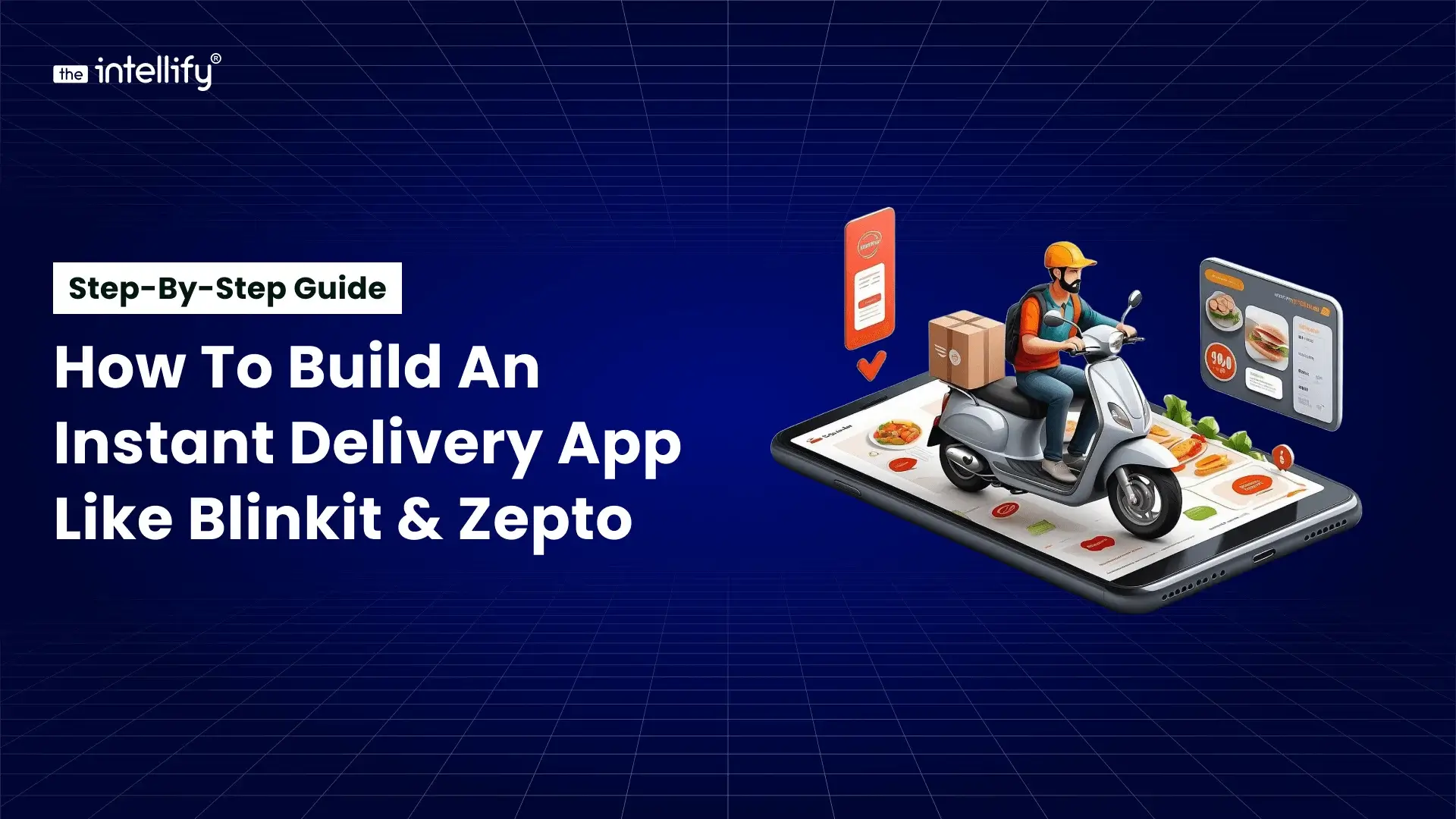

How to Build an Instant Delivery App Like Blinkit & Zepto: Step-by-Step Guide
Summary: This blog explains how instant delivery apps like Blinkit and Zepto work, why the quick-commerce model is growing, and how you can build your own platform step by step. It covers features, technology, business models, costs, timelines, and common challenges. You’ll also learn what’s required for real-time delivery, dark-store operations, and logistics planning. If […]
0
+0
+0
+0
+Committed Delivery Leads To Client Satisfaction
Client Testimonials that keep our expert's spirits highly motivated to deliver extraordinary solutions.



















